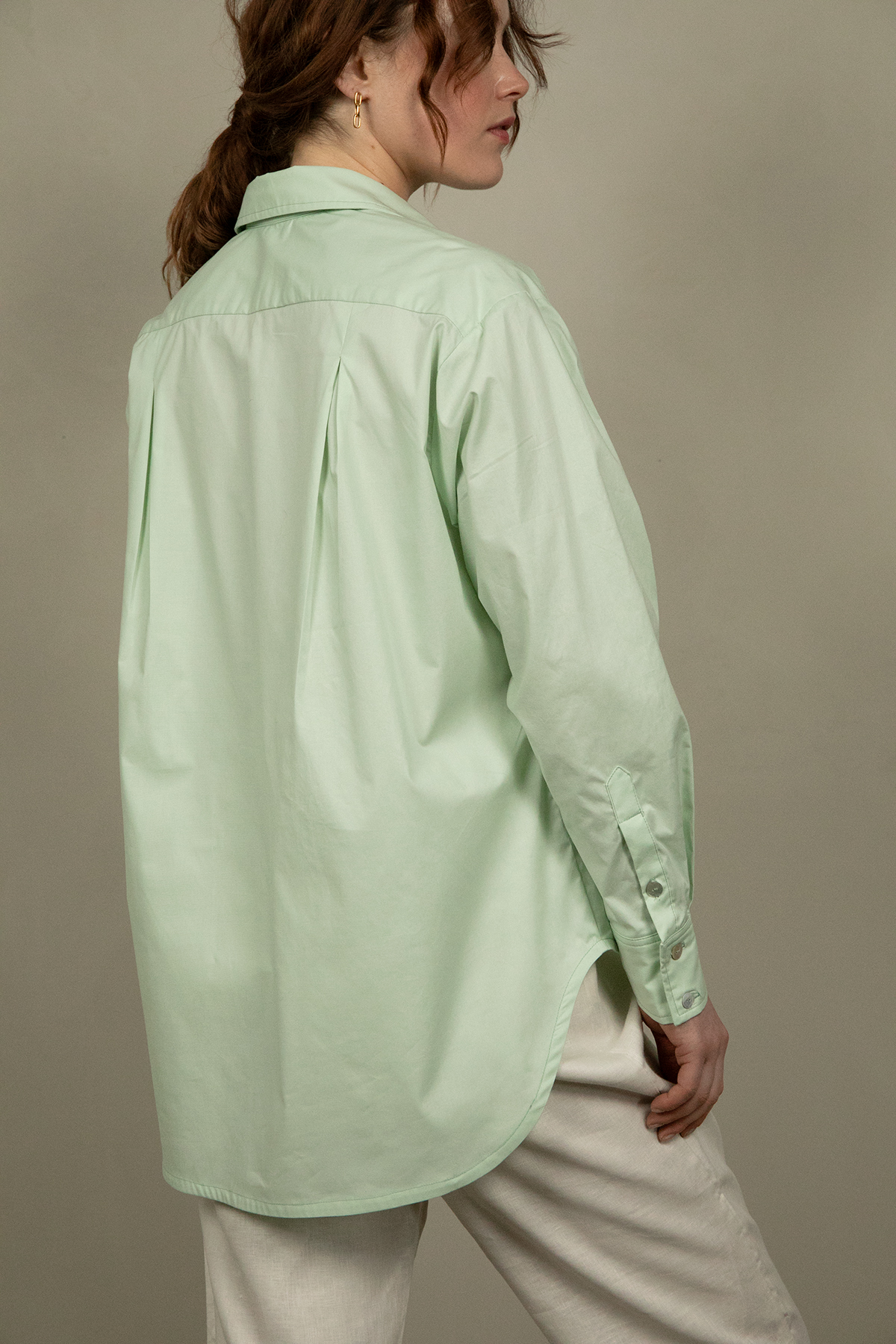Cotton Reveries: A Modern Guide to Sustainable Cotton Myths and Facts
The Facts;
Cotton is one of the most widely used natural fibers, making up approximately 24% of global fiber consumption. Its appeal lies in its breathability, softness, and durability, making it a staple in everything from everyday clothing to home textiles and industrial applications. As a renewable and biodegradable resource, cotton stands apart from synthetic alternatives like polyester, which contribute to microplastic pollution. However, the sustainability of cotton production depends on how it is grown and processed. While cotton is a natural fiber, its traditional farming methods have long raised concerns due to their reliance on high water consumption, synthetic pesticides, and chemical fertilizers. Conventional cotton farming often requires large-scale irrigation, particularly in regions with dry climates. However, it’s important to note that over 60% of global cotton production is rain-fed, meaning it doesn’t always rely on excessive irrigation.
Watch how cotton is made below;
The cotton industry is undergoing a transformation, with a greater focus on eco-conscious farming methods. Two key approaches leading this change are organic cotton and regenerative cotton:
Organic Cotton: Grown without synthetic pesticides or fertilizers, organic cotton eliminates harmful chemicals from the process, making it a cleaner alternative. However, organic farming still requires significant water and land use, and its yield is often lower than conventional methods.
Regenerative Cotton: Going beyond sustainability, regenerative farming focuses on restoring soil health, increasing biodiversity, and improving carbon sequestration. By using techniques like cover cropping, crop rotation, and reduced tillage, regenerative cotton farming enhances the land rather than merely reducing harm.
With these evolving practices, cotton continues to be an essential fiber that, when sourced responsibly, can support both the environment and the livelihoods of millions of farmers worldwide.
And from this season onwards we are chosing the Regenerative cotton for all of our shirting


The Myths About Cotton – Separating Fact from Fiction
Misconceptions about cotton often overshadow its true impact. Let’s break down some of the most common myths:
“Cotton is a dirty crop.”
While conventional cotton farming can be resource-intensive, over 60% of global cotton is rain-fed, reducing its reliance on heavy irrigation. Innovations in soil management and precision irrigation are also helping to lower water consumption.
“Organic cotton is the best choice.”
Organic cotton eliminates synthetic chemicals, but it still requires significant water and land. Regenerative cotton goes further, improving soil health, increasing biodiversity, and sequestering carbon—offering a more sustainable solution.
“Cotton is being replaced by synthetics.”
Despite the rise of polyester and other synthetic fabrics, cotton remains a renewable, biodegradable, and breathable choice. When sourced responsibly, it can be both eco-friendly and long-lasting.


How to Choose Better Cotton?
Making sustainable choices starts with informed decisions. Here’s how:
Look for Certifications: Seek GOTS (Global Organic Textile Standard) or BCI (Better Cotton Initiative) labels, ensuring ethical and sustainable production.
Understand the Difference: Organic cotton avoids chemicals, but regenerative cotton actively restores ecosystems—choose brands that prioritise these methods.
Ask Questions: Transparency matters. Support brands that disclose their sourcing and environmental impact.
By choosing responsibly sourced cotton, you support a more sustainable and ethical fashion industry while enjoying the comfort and quality of a natural fibre.



